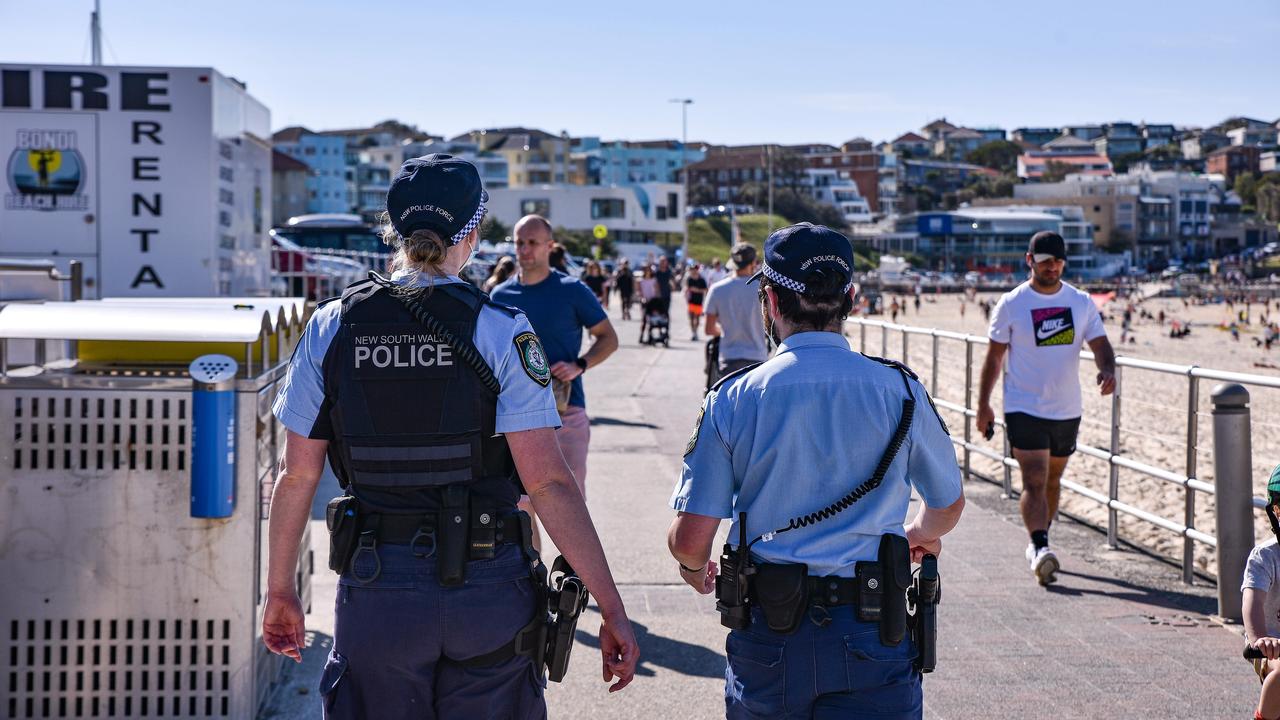North Korea fires missile, President Moon Jae-in labels test ‘threat to world peace’
South Korean President demands stronger sanctions as Australian government condemns North Korea’s latest missile test.
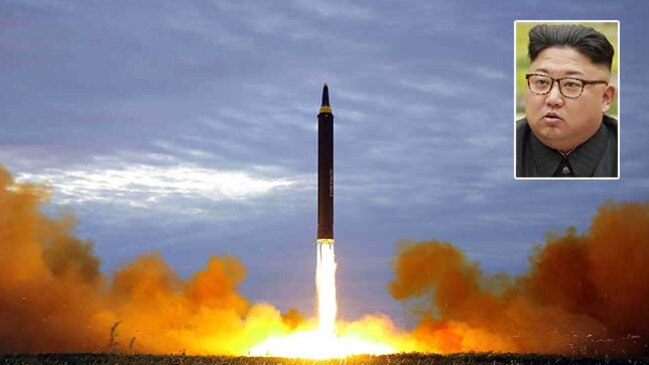
South Korean President Moon Jae-in says North Korea’s missile launch is a serious threat to world peace and has demanded stronger sanctions as Foreign Minister Julie Bishop this morning condemned North Korea’s latest missile test.
“The Australian government condemns om n the strongest possible terms North Korea’s continued violation of United Nations Security Council resolutions, we call North Korean regime to abandon its nuclear programs and focus on the plight of the long suffering North Korean people,” Ms Bishop said.
Ms Bishop said the government was concerned North Korea’s nuclear capabilities were progressing faster than expected.
“North Korea’s ambition is to have the capacity to launch an intercontinental ballistic missile with a militarised nuclear device attached to it that has the capability of reaching Japan and the mainland United States and each and every test North Korea takes out deepens our concern because it is an opportunity to share its capability,” she said.
But she rejected sanctions against the rogue state were not working, saying they had only recently been passed and would not take full effect until next year.
“We are only just beginning to place significant economic pressure on North Korea, the two UN Security Council resolutions that impose sector wide sections were passed on the 5th of August and the 11th of September and some of these provisions are only just starting to take effect and some won’t be imposed until 2018,” she said.
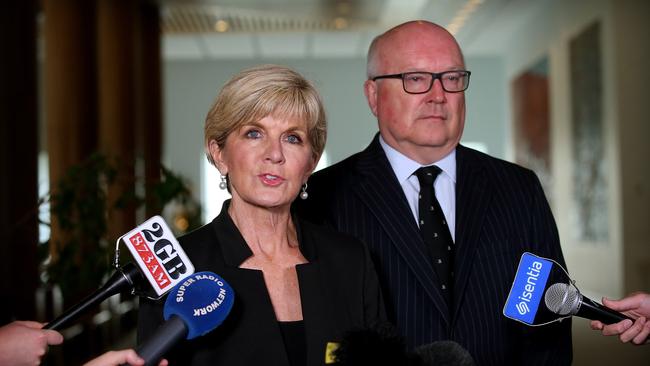
Trump warns Kim over missile
North Korea has fired a ballistic missile, South Korean military officials said, the first such launch in two months and just a week after the US slapped fresh sanctions on the hermit state and declared it a state sponsor of terrorism.
The North has stoked international alarm over its banned nuclear missile program but before Wednesday it had not staged a missile test since September 15, raising hopes that ramped-up sanctions were having an impact.
Donald Trump replied by saying “we will take care of it,” during a cabinet meeting in the White House that was broadcast live on television.
Japan, the US and South Korea have requested a UN Security Council meeting over the missile launch.
The missile flew east from South Pyongan Province, the military Joint Chiefs of Staff (JCS) said, adding that the South Korean and US authorities were analysing the flight route.
A Pentagon assessment says the intercontinental ballistic missile flew 1000km.
Japan’s chief Cabinet secretary says North Korea has fired a missile that might have landed inside the country’s exclusive economic zone in the Sea of Japan.
.@realDonaldTrump: We will take care of the missile launched by North Korea. It is a situation we will handle. MORE: https://t.co/e5KpBYLNg4 pic.twitter.com/oKJLBYdhZF
— Sky News Australia (@SkyNewsAust) November 28, 2017
An initial assessment showed the missile was launched from Sain Ni in North Korea and flew within Japan’s Economic Exclusion Zone (EEZ).
Japan said it may have landed within 370 nautical kilometres (200 nautical miles) of its coast.
Yoshihide Suga says the missile appears to have been fired from North Korea’s western coast and the government is gathering information and analysing the launch data.
Suga says repeated provocation by the North is unacceptable and Tokyo has lodged a strong protest.
South Korea’s military staged a “precision strike” missile exercise in response, Yonhap news agency reported, also quoting the JCS.
US President Donald Trump was visiting Congress at the time of the launch and “was briefed, while the missile was still in the air” according to White House press secretary Sarah Sanders.
The president has since returned to the White House.
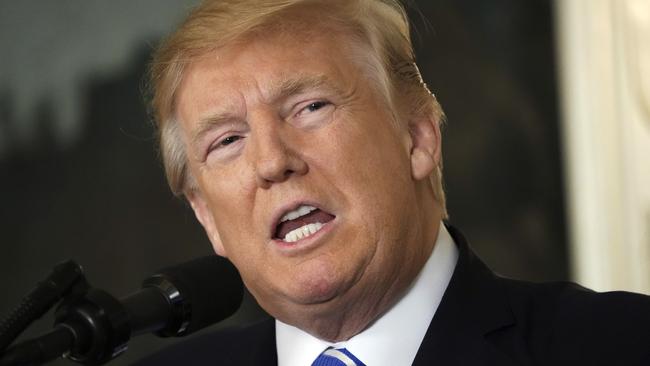
The administration has said it will not tolerate the North’s testing or deployment of an intercontinental ballistic missile capable of carrying a nuclear warhead to US cities.
Experts believe Pyongyang is within months of such a threshold, having carried out six nuclear tests since 2006 and test-fired several types of missiles, including multi-stage rockets.
In September the North conducted its sixth and most powerful nuclear test and staged an intermediate-range missile launch over Japan.
The US last week raised pressure on Pyongyang by unveiling new sanctions targeting North Korean shipping.
President Donald Trump also declared North Korea a state sponsor of terrorism, a spot on a US blacklist the country had shed nearly a decade ago.
Trump said that the terror designation and sanctions would be part of a series of moves over the next two weeks to reinforce his “maximum pressure campaign” against Kim Jong-un’s regime.
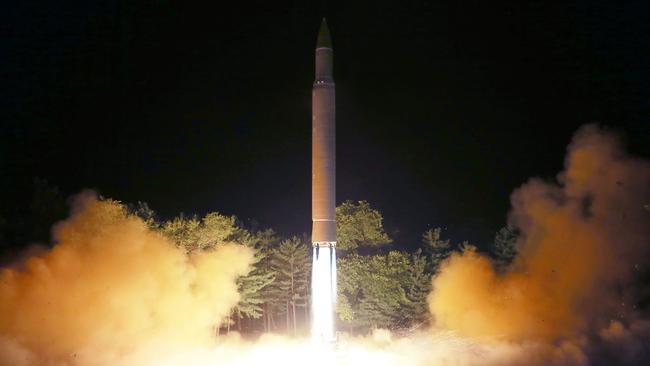
But the North remained defiant, vowing to continue building up its nuclear force in the face of repeated US sanctions and threats.
It condemned the US terror listing as a “serious provocation” and warned that sanctions would never succeed.
It also slammed Washington for behaving like an “international judge on terrorism” and said the move was “clearly an absurdity and a mockery to world peace and security”.
China, the North’s sole ally, has pushed for a “dual track approach” to the crisis which would see the United States freeze its military drills in South Korea while North Korea would halt its weapons programs.
Washington has rejected that approach.
Seoul’s unification minister had earlier on Tuesday said signs of unusual activity had been detected in North Korea, hinting at a possible missile test.
Additional reporting: AFP/Reuters


